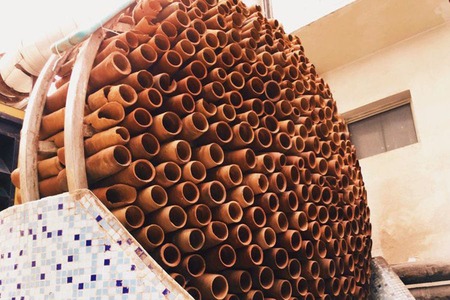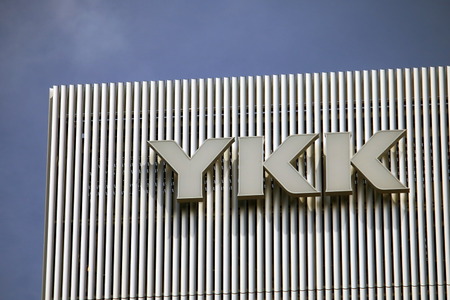
Innovative fabric to provide alternative to air conditioning
YarnsandFibers News Bureau 2024-11-18 16:21:15 – AustraliaA groundbreaking fabric developed by a team of engineers from China's Zhengzhou University and the University of South Australia (UniSA) could potentially revolutionize the way we combat heat.
The innovative fabric relies on radiative cooling, using a unique three-layer structure to regulate temperatures. During testing, the fabric demonstrated notable cooling capabilities. It achieved a temperature reduction of 2.3 degrees Celsius compared to traditional textiles and could cool surfaces by up to 6.2 degrees Celsius below ambient temperatures when used as a horizontal covering.
The research team envisions the fabric being used in various applications, from wearable clothing to furniture upholstery and even building surfaces. The goal is to alleviate the urban heat island effect—an issue that plagues densely populated cities—by passively reducing temperatures. This could reduce energy consumption, particularly during heatwaves, and decrease the burden on power grids.
"The fabric's ability to passively reduce temperatures offers a sustainable alternative to conventional air conditioning, providing energy savings and reducing the strain on power grids during heatwaves," said Yangzhe Hou, a visiting researcher at UniSA.
While the fabric offers promising benefits, the research team acknowledges that consumer acceptance will play a crucial role in its success. "Whether consumers are willing to pay more for wearable fabrics depends on the cooling effect, durability, comfort, and their environmental awareness," the research team noted.
Market Intelligence
Ask for free sample Report

experience
Customer Base
dedicated team
Countries Served Worldwide








